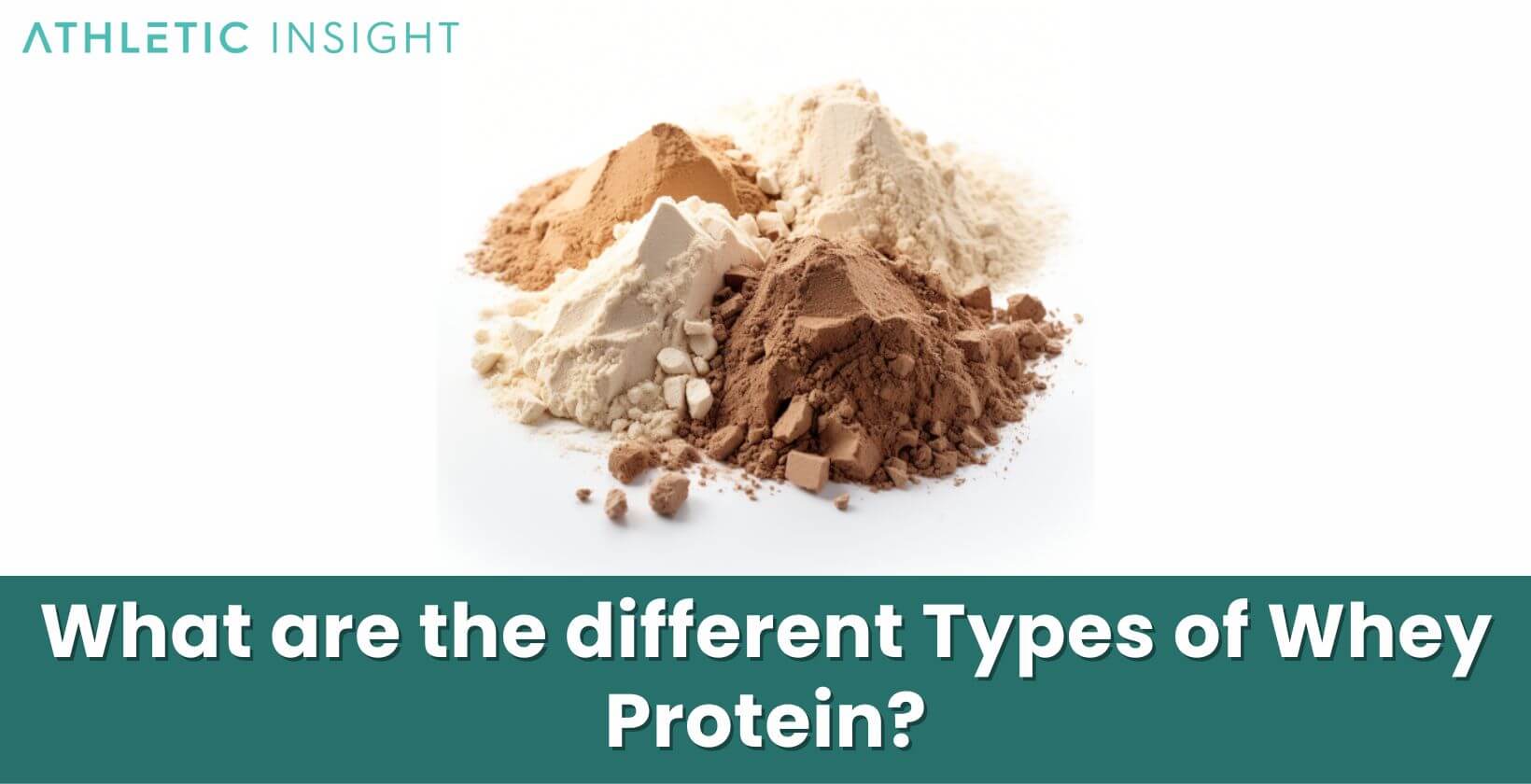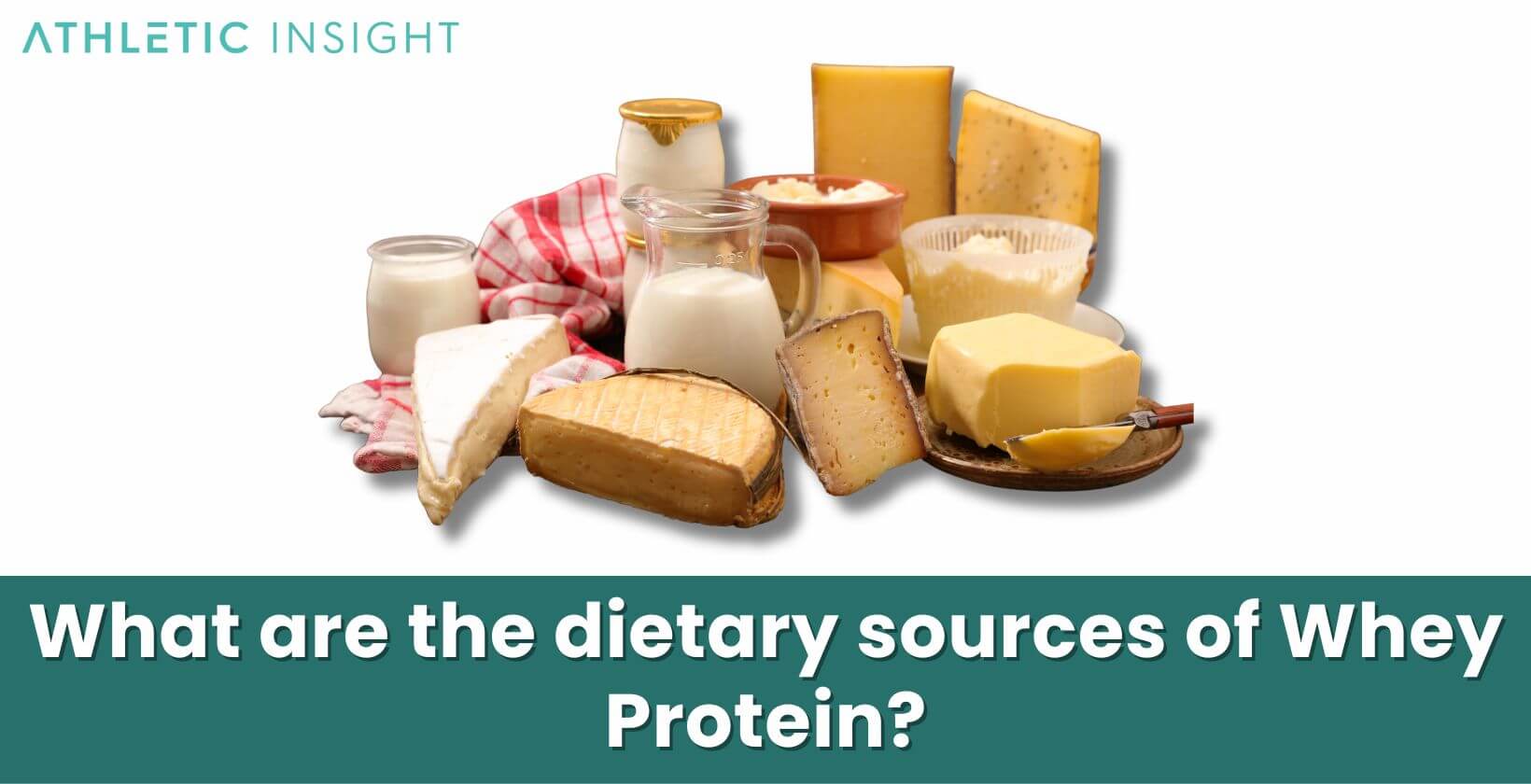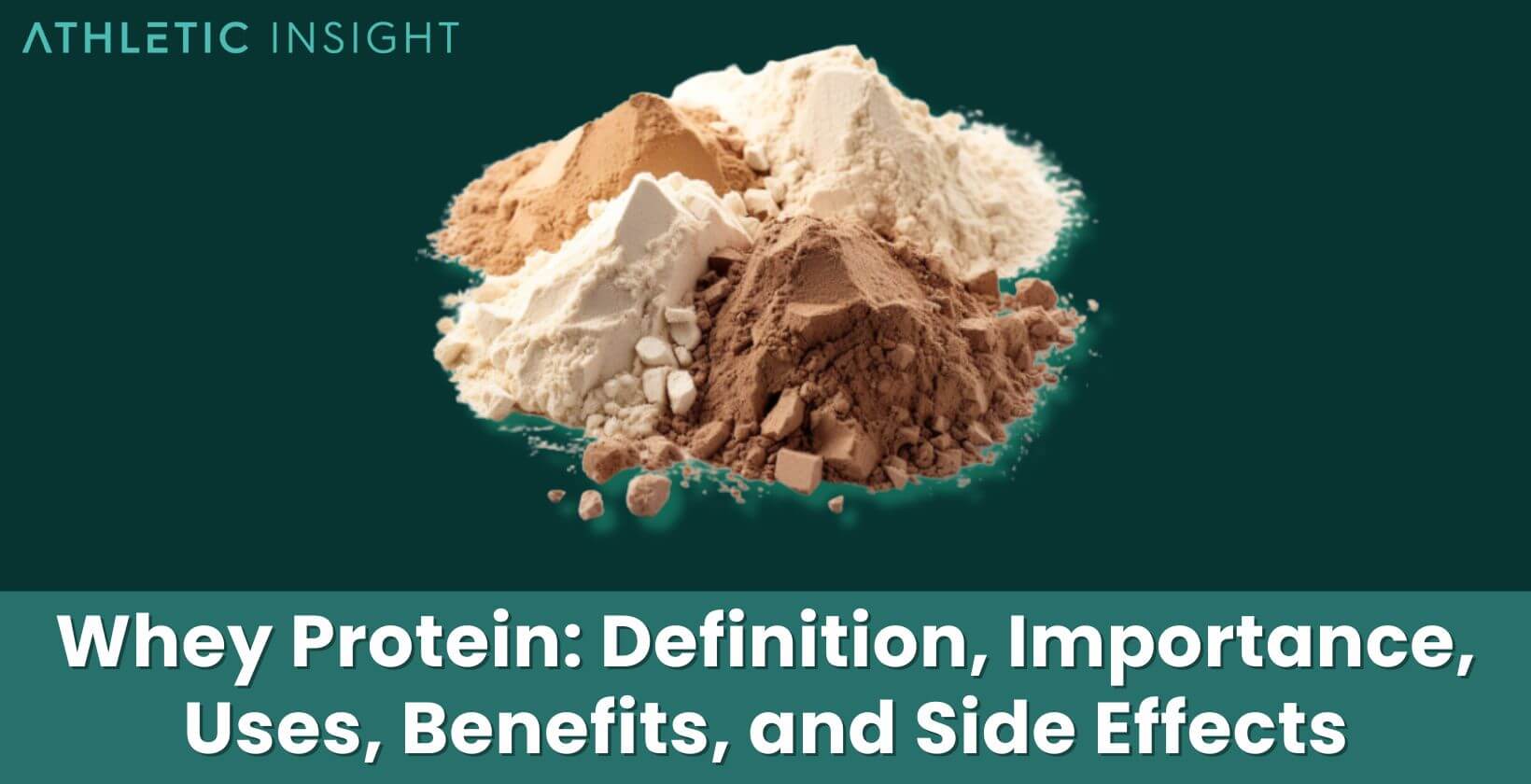The term “whey protein” is echoed in fitness centers and health stores globally. Derived from “whey,” the liquid part of milk, this protein-rich component has climbed the ladder of nutritional prominence. Today, “whey protein” isn’t just a buzzword; it stands as a beacon for those eager to harness its many benefits, from muscle-building to dietary enhancement.
Whey protein has also been used in many health products as a means to improve the macronutrients within, providing higher levels of protein without increasing the caloric value by too much. While whey is an optimal source of fast acting protein, it is always best to consume protein naturally through proper diet.
What is Whey Protein?
What is whey protein? At its core, whey protein is a collection of proteins extracted from whey, the watery substance you see when milk turns into cheese. Rich in essential amino acids, this type of protein is renowned for its superior absorption rate, making it a favorite supplement choice.

What is the origin of Whey Protein?
The story of whey protein begins with milk. As part of the cheese-making process, enzymes are added to milk, causing it to curdle. This leads to the formation of solid curds and the liquid known as whey. This liquid, once overlooked, became the golden source of whey protein, turning cheese factories into treasure troves of this valuable protein.
What is Whey Protein made of?
Peeling back the layers, whey protein comprises a mix of proteins such as beta-lactoglobulin, alpha-lactalbumin, and immunoglobulins. Besides these, other constituents like fats, carbohydrates, and essential nutrients are present, giving whey protein its diverse nutritional profile.
What is the importance of Whey Protein?
Whey protein stands tall in the world of nutrition, praised for its rich amino acid content and speedy absorption. Being a complete protein, it ticks all the boxes when it comes to supplying the essential amino acids the body craves. Such traits have cemented its place as an indispensable tool for muscle repair, growth, and general health enhancement.
What is the primary purpose of Whey Protein?
What is whey protein made for? What does whey protein do? Simply put, whey protein’s prime role is to aid muscle growth and repair. Physical activities stress the muscles, causing micro-tears. Beyond muscular aid, it also serves to elevate overall protein intake, a hack for those whose diets might be protein-deficient.
What are the different Types of Whey Protein?
There are three types of whey protein; Whey Protein Isolate, Whey Protein Concentrate, Whey Protein Hydrolysate. Each variant is unique, sculpted by distinct processing methods and nutritional components.
- Whey Protein Isolate
- Whey Protein Concentrate
- Whey Protein Hydrolysate

1. Whey Protein Isolate
Whey Protein Isolate, often abbreviated as WPI, is a purer form of whey protein. Thanks to rigorous processing, it boasts a protein content usually exceeding 90%. Most fats and lactose are shown the exit door, making WPI a top pick for those keen on high protein, low-carb, and low-fat content.
2. Whey Protein Concentrate
When you think of Whey Protein Concentrate or WPC, think of a balance. While its protein content ranges from 70-80%, it embraces higher levels of fats and carbs. This balanced nutritional profile coupled with a gentler price tag makes WPC a favorite for many.
3. Whey Protein Hydrolysate
Whey Protein Hydrolysate stands distinct. It undergoes partial hydrolysis, a process mimicking our digestive actions, making it a pre-digested variant. This ensures rapid absorption, reduced allergen potential, and often, a slightly bitter taste. Recognized for its fast-acting nature, it’s a staple in medical protein supplements and infant formulas.
How is Whey Protein used?
The versatility of whey protein is evident in its widespread whey protein uses. From powdered supplements to baked goods, its presence is felt. Fitness aficionados, understanding how to use whey protein effectively, stir it into shakes or smoothies, ensuring they get their protein fix post-workout or as a meal replacement.
Who uses Whey Protein?
Whey protein is no longer a secret reserved for bodybuilders or elite athletes. It finds takers among the general populace, fitness novices, weight watchers, and even the elderly. Its wide appeal stems from its protein-packed nature, making it a prime supplement choice for muscle development, weight management, and nutritional supplementation.
How is Whey Protein used to improve Sports Performance?
Whey protein’s reputation in sports performance circles is widely regarded. Aiding muscle recovery, bolstering strength, and shortening recovery time, it’s a coveted ally for athletes. Consumed post-exertion, it furnishes the body with essential amino acids, ushering in muscle repair and growth, preparing athletes for their next performance bout.
Does Whey Protein improve muscle growth?
Yes, whey protein improves muscle growth. Armed with essential amino acids, it accelerates protein synthesis in the body. When this synthesis outpaces protein breakdown, post-exercise, muscle growth takes center stage, making whey protein an invaluable asset for those chasing muscle gains.
Does Whey Protein affect metabolism?
Yes, introducing whey protein into one’s diet can kickstart metabolism. By aiding lean muscle mass development, it boosts the body’s basal metabolic rate, leading to increased calorie burn, even at rest. Also, the digestion of proteins, including whey, expends more energy, granting a thermic effect that further revs up metabolism in the body.
How is Whey Protein incorporated into a Diet Plan?
Whey protein smoothly integrates into various diet plans. For the calorie-conscious, it serves as a lean protein source, while those on muscle-gain missions appreciate its amino acid richness. Whether it’s sprinkled over oatmeal, blended into smoothies, or baked into healthy snacks, its versatility shines, making diet enhancement a breezy affair.
Is Whey Protein effective in weight loss?
Yes, whey protein is an effective tool when it comes to weight loss. By promoting satiety, it curbs overeating tendencies. Its role in muscle development means a metabolic uptick, leading to enhanced calorie burning. So, when paired with a balanced diet and consistent exercise, whey protein can certainly catalyze weight loss.
What is the advised dosage of Whey Protein per day?
While there isn’t a one-size-fits-all dosage for whey protein, general guidelines suggest between 10 to 30 grams per serving, depending on individual needs. Athletes and bodybuilders might need more, depending on their training intensity.
Since protein should account for 20-30% of your diet, that means you should aim to eat your body weight in grams. So, if you are 150 lbs, you should try to consume 150 grams of protein (600 calories) which is 30% of a 2000 calorie diet.
What are the dietary sources of Whey Protein?
Whey protein is naturally found in various dairy products. Each source provides a different concentration, with some offering more of this nourishing protein than others. It’s imperative to know these sources, especially if one wishes to up their daily protein intake naturally.
- Cheese
- Milk
- Yogurt
- Whey Protein Powder
- Protein Bars and Shakes

1. Cheese
Cheese, especially cottage cheese, is a delectable source of whey protein. During the cheese-making process, liquid whey gets separated from the curd. Depending on the type of cheese, the whey protein content can vary. It’s a tasty way to introduce more of this beneficial protein into the diet.
2. Milk
Milk is a wholesome source of both casein and whey protein. Typically, about 20% of the protein in milk is whey, while the remaining 80% is casein. So, every time you enjoy a glass of milk, you’re also nourishing your body with whey protein, among other essential nutrients.
3. Yogurt
Yogurt, a fermented milk product, also boasts a decent amount of whey protein. Like milk, its protein content is a mix of whey and casein. The liquid that sometimes forms on top of yogurt? That’s rich in whey. Instead of pouring it off, stir it in to reap the protein benefits.
4. Whey Protein Powder
Whey protein powder, specifically designed as a protein supplement, is a concentrated source. It’s derived from the liquid whey obtained during cheese production and then processed and dried. Depending on the type of whey protein powder – isolate, concentrate, or hydrolysate – the protein content can vary, often reaching up to 90% in some isolates.
5. Protein Bars and Shakes
Many protein bars and shakes, aimed at fitness enthusiasts or those seeking a quick protein fix, list whey protein as a primary ingredient. They offer convenience for on-the-go nutrition, ensuring you get a substantial protein punch even when pressed for time.
Are Whey Protein Supplements a good source?
Yes, whey protein supplements, when sourced from reputable manufacturers, can be an excellent protein source. They provide a concentrated dose, are easily digestible, and are especially beneficial for those who struggle to meet their protein needs through diet alone.
Does the body produce Whey Protein naturally?
No, the body does not produce whey protein naturally. Instead, it must be obtained through dietary sources or supplements. It’s an exogenous protein, meaning it’s essential to source it from outside the body to reap its benefits.
When to take a Whey Protein?
Deciding when to consume whey protein hinges on one’s goals. For muscle recovery and growth, post-workout is ideal. After a strenuous exercise session, muscles are receptive, and a quick-dose of protein aids repair and growth. For others, incorporating it into breakfast can jumpstart metabolism or even as a satiating snack to curb untimely hunger pangs.
Is it recommended to have a Whey Protein every day?
Yes, it’s generally safe for most individuals to consume whey protein daily, especially if they’re active or aim to meet specific protein goals. But like all things, moderation is key. It’s vital to ensure one doesn’t solely rely on whey protein, but instead uses it as a part of a balanced diet teeming with varied protein sources.
Can Collagen and Whey Protein be taken together?
Yes, collagen and whey protein can be combined. While whey protein contributes to muscle growth and repair, collagen supports joints, skin, and connective tissues. This combination can offer a comprehensive approach to overall health and fitness, especially for those engaged in rigorous physical activities or are concerned about skin and joint health.
Should Whey Protein be taken after a workout?
Yes, consuming whey protein post-workout is often recommended. Following an exercise session, the body craves amino acids to kickstart muscle recovery and growth. Being a fast-digesting protein, whey swiftly supplies these essential amino acids, catering to immediate muscle needs.
Who should not use Whey Protein?
While whey protein is safe for many, certain individuals should tread cautiously. Those with lactose intolerance might experience digestive discomfort, given whey’s lactose content. Individuals with milk allergies or specific medical conditions should also consult with healthcare professionals before incorporating whey protein into their regimen.
What are the health benefits of Whey Protein?
Whey protein isn’t just about muscle growth. It’s a powerhouse offering various health benefits. These include supporting weight management by enhancing satiety, boosting the body’s antioxidant defenses, and even playing a role in lowering blood pressure. Truly, when one asks “is whey protein good for you?”, the resounding benefits make it an obvious yes.
- Muscle growth
- Supporting weight management
- Boosting antioxidant defenses
- Lowering blood pressure
What are the side effects of Whey Protein?
Like most supplements, while whey protein offers numerous benefits, it isn’t without potential side effects. Overconsumption might lead to digestive issues like nausea, bloating, or cramps. For those sensitive to lactose, symptoms of intolerance might flare up. So, is whey protein bad for you? No, but it can have negative side effects. It’s pivotal to listen to one’s body and consult a professional if uncertain.
- Nausea
- Bloating
- Cramps
- Lactose intolerance
What is the difference between Whey Protein and Casein?
While both whey and casein are derived from milk, their differences are pronounced. Whey protein is fast-digesting, making it a post-workout favorite. Casein, on the other hand, is slow-digesting, releasing amino acids over an extended period, making it a preferred nighttime protein. This timed release ensures a steady protein supply during sleep or between meals.
What is the difference between Whey Protein and Creatine?
Whey protein and creatine serve different purposes. While whey protein focuses on supplying amino acids for muscle repair and growth, creatine is more about energy provision. Stored in muscles, creatine helps regenerate ATP, the primary energy currency during high-intensity, short-duration activities. Both can complement each other in a fitness regimen but cater to distinct needs.
What is the difference between Whey Protein and Protein?
Whey protein is a subset of the broader category of proteins. While “protein” encompasses all amino acid chains, from animal and plant sources alike, whey protein is specific to the liquid byproduct of cheese production. It’s one of the many proteins one can choose from, lauded for its high biological value and fast absorption.



